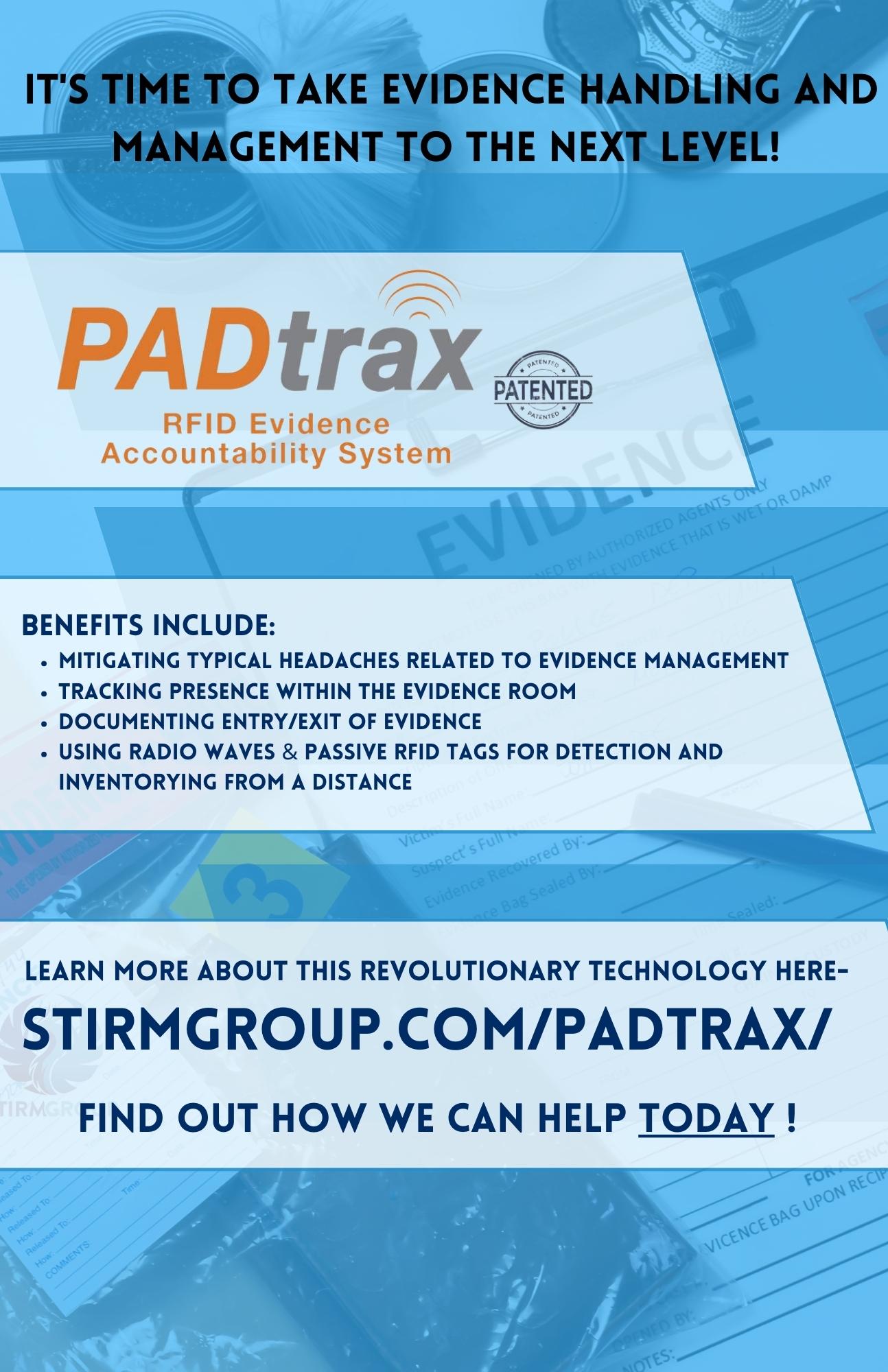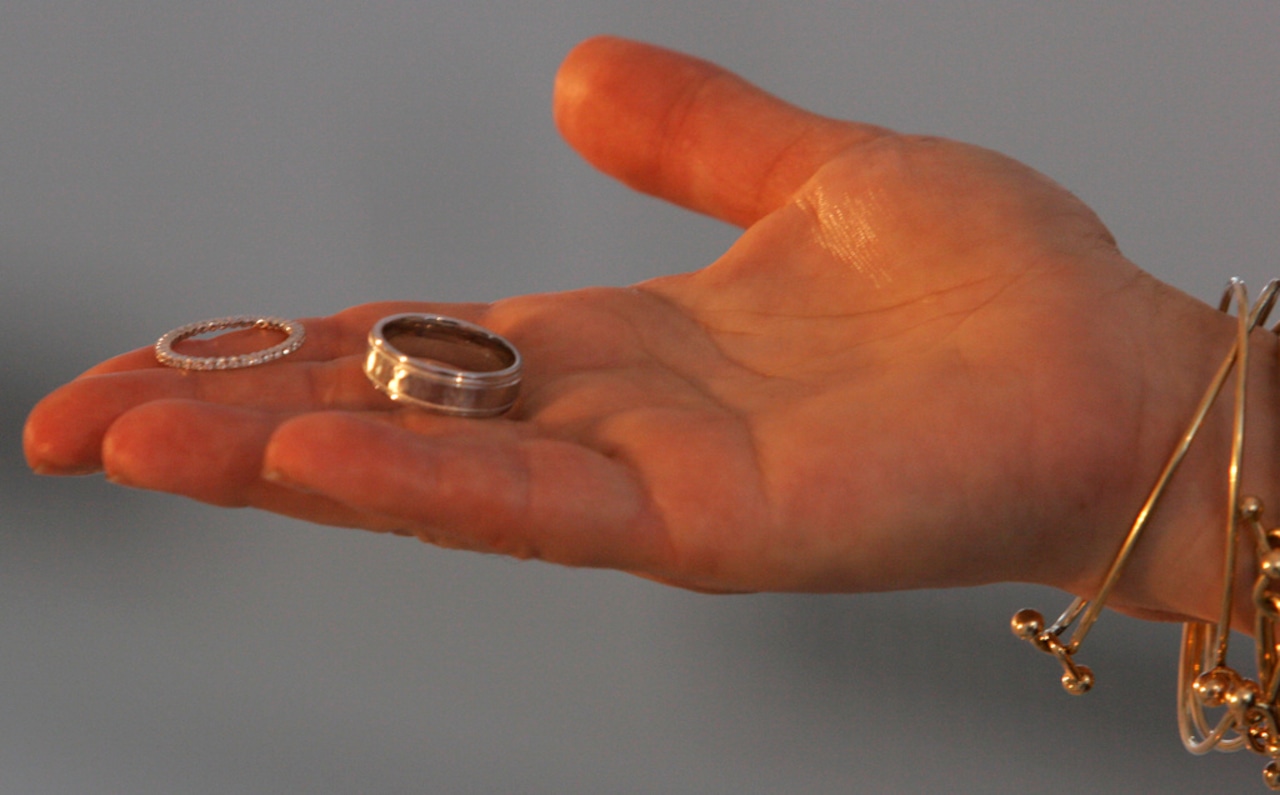
My father had his last cigarette in 1964, the day the surgeon general warning came out reporting the health effects of smoking. If only it was that simple to capture the public’s attention and impart research, knowledge and warnings with immediate results.
After reviewing 7,000 articles, the U.S. surgeon general concluded that smoking caused bronchitis and lung cancer. Research and debate started many years prior, while tobacco companies advertised smoking as glamorous, manly and even having health benefits. Today, the effects of smoking are common knowledge, yet 60 years ago cigarette advertisements displayed a picture of a man in a lab coat with a stethoscope around his neck and a cigarette in his hand with the caption, “More Doctors Smoke Camels.”
Sixty years later, we are still trying to deliver that message of the dangers of smoking. Further research clearly proves tobacco use causes countless medical problems affecting multiple organs, along with lung disease. The FDA announced last week a final rule as part of legislation signed in 2019 that raises the minimum age for certain restrictions on tobacco product sales. It has taken about a hundred years of research, debate and legislation to utilize the knowledge of the risk of tobacco use in causing illness and death and attempt to protect our youth.
The goal is to decrease underage access to tobacco. The Further Consolidated Appropriations Act was signed into law in 2019. This legislation increased the federal minimum age to purchase tobacco products, including e-cigarettes, from 18 to 21 in all states.
In addition, beginning Sept. 30, retailers must verify with photo identification the age of anyone under the age of 30 who is trying to purchase tobacco products. The previous requirement was under the age of 27. This is based on research that has shown it is difficult for retailers to accurately determine age based on appearance alone.
Another aspect of the law pertains to tobacco vending machines. Retailers may not sell tobacco in vending machines in facilities where individuals under 21 are present or permitted to enter at any time. The previous age was under 18 years of age.
Along with stricter regulations, the agency provides retailers with resources to improve compliance with the laws and regulations. The FDA has developed a voluntary education program called “This is Our Watch.” It is a free resource to assist retailers in calculating age of customers with a digital age verification calendar and an age calculator app. There is also a Searchable Tobacco Products Database (www.accessdata.fda.gov/scripts/searchtobacco) for information on tobacco products that may be legally marketed in the United States.
Brian King, Ph.D., MPH, director of the FDA’s Center for Tobacco Products, said, “Decades of science have shown that keeping tobacco products away from youth is critical to reducing the number of people who ultimately become addicted to these products and suffer from tobacco-related disease and death.”
Given that 95% of smokers smoked their first cigarette before adulthood, the goal of reduced sales to youth is well targeted. The FDA continues to enforce sales with compliance checks of tobacco retailers, warning letters, civil monetary penalties and no-tobacco-sale orders for violations of sales to minors.
The fight to save lives lost because of tobacco products continues. “You’ve come a long way, baby,” one of the many old advertising slogans for cigarettes, is better applied to public health’s battle to protect youth and the adults they grow into from tobacco related disease and death.
Take care of yourself and someone else.
Juanita Carnes is a Westfield resident and a nurse practitioner with 38 years of experience in a hospital emergency department and urgent care facilities. She served 30 years on the Westfield Board of Health.






